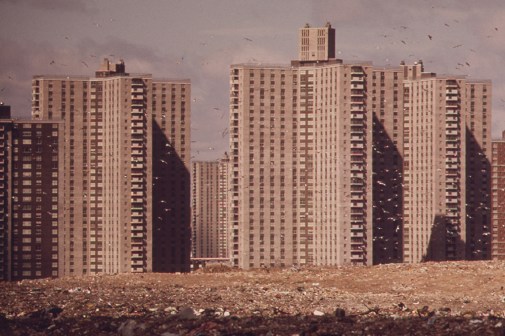Pittsburgh’s Metro21 partnership predicts fire risk with data analytics

A partnership between the Pittsburgh Bureau of Fire and Carnegie Mellon University’s smart city initiative, Metro21, has developed new tech that can more accurately show a building’s fire risk.
The collaboration has led the Metro21’s team of technologists to develop a machine learning model that uses historical data to predict where structure fires are most likely to occur in nonresidential buildings. In a status update on Metro21’s site on Jan. 3, organizers reported that the modeling has proven to be more accurate than best modeling previously available in the industry.
“For any given 6-month window, we are able to accurately detect … 57 percent of the fire incidents that occurred,” the group’s most recent report reads.
In 2016, there were 475,500 structure fires in the U.S. that caused 3,390 deaths, more than 14,000 civilian injuries, and $10.6 billion in property damage, according to the National Fire Protection Association. The group hopes to reduce that number in its area.
“We trained the model on data of historical fire incidents, property inspections and property assessments and evaluated multiple model types,” Metro21 organizers write. “The risk scores generated by the model are used to inform the Bureau of Fire’s prioritization of property fire inspections, so they can inspect the properties at greatest risk of fire.”
The machine learning model, now hosted on the bureau’s servers, retrains itself using new data on a regular basis. Firefighters can get quick access to the insights through the system’s data dashboard and an interactive map that plots high risk structures. Metro21 organizers say fire inspectors will use the interactive map to drive strategic planning.
“Our future work includes incorporating new data sets, experimenting with new model types, and expanding this approach to predict fire risk in residential properties at the census block level,” Metro21 says.





